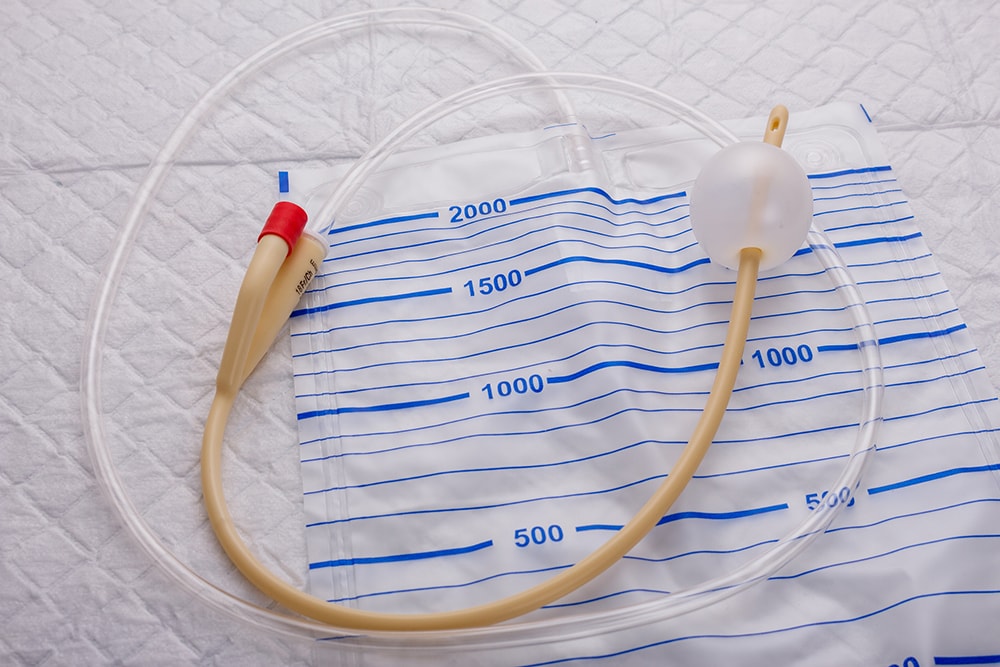A Solution to Urinary Tract Infections Caused by Catheters

Urinary tract infections (UTI) are the most common type of healthcare-associated infection reported to CDC, and some bacteria that cause UTIs can be resistant to the antibiotics that treat them. In the United States, urinary catheters cause roughly 75% of UTIs, and biofilms – complex communities of microorganisms that irreversibly attach to a surface – are often the cause.
Traditionally, clinicians prevent biofilms on catheters by prescribing patients a high concentration of antibiotics (prophylaxis). This method can be ineffective and increases the risk of a patient getting an antibiotic-resistant infection. To prevent UTIs and reduce unnecessary antibiotic use, NCEZID staff and Georgia Institute of Technology (Georgia Tech) developed a coating made of bacteriophages (phages), or viruses that selectively kill bacteria to prevent biofilm development on catheters.
The phages effectively fight the development of biofilms, avoid potential dangers of antibiotic overuse, and can target multiple infectious bacteria at once, which might otherwise require a combination of antibiotics. The team from NCEZID and Georgia Tech aim to expand this effort to make the catheter coating available and accessible worldwide.